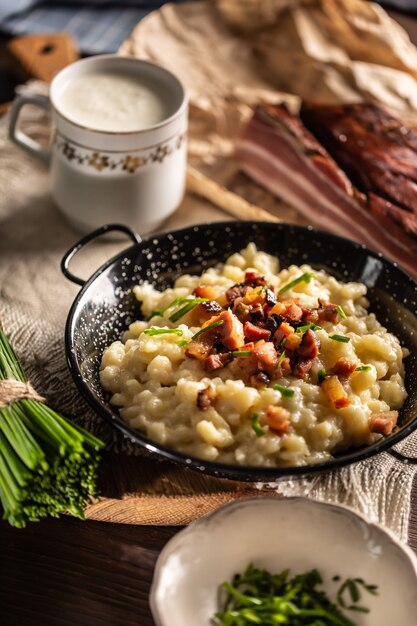When I was growing up, sandwiches were for lunch, never dinner. And were, according to my father’s rules about table manners, the only food you picked up with your hands (we never, ever had fried chicken). But today, my family enjoys a good hearty sandwich for supper. And with summer coming, we’re looking for lighter meals. We may be fooling ourselves about lightness, but it’s a change from casseroles or meat and potatoes. Here are some of our favorites—note that these are what I call knife-and-fork sandwiches and wouldn’t be good picnic fare. I have excluded a Dagwood because it’s complicated, and I think I’ve shared it before. These suggestions are all for one sandwich.
The Colonial Open-Faced
Sandwich
I think this is pretty
universal, but I always associate it with Colonial Country Club because that’s
where I first ate it more years ago than I care to remember. I haven’t been
there for quite some time, but last I knew it wasn’t on the menu, but you could
ask for it.
Ingredients:
1 slice rye bread
Sliced ham
Sliced turkey
Sliced Swiss cheese
Thousand Island dressing
Sliced hard-boiled egg.
Layer ingredients in the order
listed. Whether to toast the bread or not, is up to you. At Colonial, it’s
served with a pickle spear and cole slaw.
Sub sandwich Alter/Burton
style
This is a copy of our favorite
sandwich at a local chain. We vary the ingredients to suit each person’s taste.
Ingredients:
Hoagie roll coated with mayonnaise,
mustard, Thousand Island dressing, ketchup, whatever you want. I prefer
mayonnaise.
Meat – your choice. Jordan,
Christian and Jacob like turkey and pastrami; I prefer ham and capricola or mortadella;
you can sub deli roast beef, roast lamb, salami, whatever you want.
Cheese – we generally use
provolone, but you can use Swiss, cheddar, etc.
Shredded lettuce
Chopped tomato (except for
Christian)
Splash of red wine vinegar
Scattering of dried oregano
Parmesan
Layer it in the order given
The Marshall Field Sandwich
Growing up in Chicago, Marshall
Field and company was a magic place. I’m pretty sure I ate this sandwich in
their restaurant called The Verandah. I was delighted to come across it recently.
Ingredients:
Thousand Island dressing
2 Tbsp. butter
One slice rye bread
Shredded iceberg lettuce
2 slices Swiss cheese
3 slices deli turkey breast
1 slice tomato
Pitted black olives (I omit
because olives and I are not friends)
Sliced hard-boiled egg
8 slices bacon
Butter the bread and then layer
ingredients as listed through turkey breast. Cover with Thousand Island
dressing
Use tomato, egg, olive
(speared on a toothpick) and bacon as garnish
Roast beef sandwich
This has a more descriptive
name, but I can’t remember it and can’t find the recipe.
1
slice rye bread (you can easily make this a regular sandwich with two slices
bread or a hamburger bun; we found the recommended brioche bun was too much
bread.
A couple slices deli roast
beef (lamb would be good, if you like it)
One or two slices cheddar
Sliced tomato
Thousand Island dressing
Sauteed
shallots – I keep quick-pickled red onion in the fridge and found them tastier
than the shallots. But to sauté shallots, slice very thin. Spread olive oil in
skillet and put sliced shallots in cold skillet. Raise heat to medium high and
cook, stirring frequently, until they are browned and caramelized. They burn
quickly, so don’t step away from the skillet. Drain on paper towels before
using to garnish sandwich.
Quick
pickled red onion
Slice one red onion thinly,
making uniform slices if you can. Pack into a glass jar. In a small pan, heat 1
cup white vinegar, 1 cup water, 2 Tbsp. sea salt and 1 Tbsp. sugar (you might
increase sugar, depending on your taste). Heat until sugar and salt are melted.
Cool slightly and pour over sliced onion. Let sit uncovered until room
temperature. Then add cover to the jar and refrigerate. Will keep in fridge for
some time.
Thousand Island dressing
These sandwiches call for
Thousand Island, and I never ever buy commercially prepared. You do you, but
here’s a basic recipe:
1 cup mayonnaise
2 tsp. Dijon mustard
1 tsp. apple cider vinegar
½ tsp sugar
2 Tbsp. chili sauce
2Tbsp. pickle relish
1 tsp. Worcestershire sauce
1 hard-boiled egg, minced
Salt and pepper to taste




